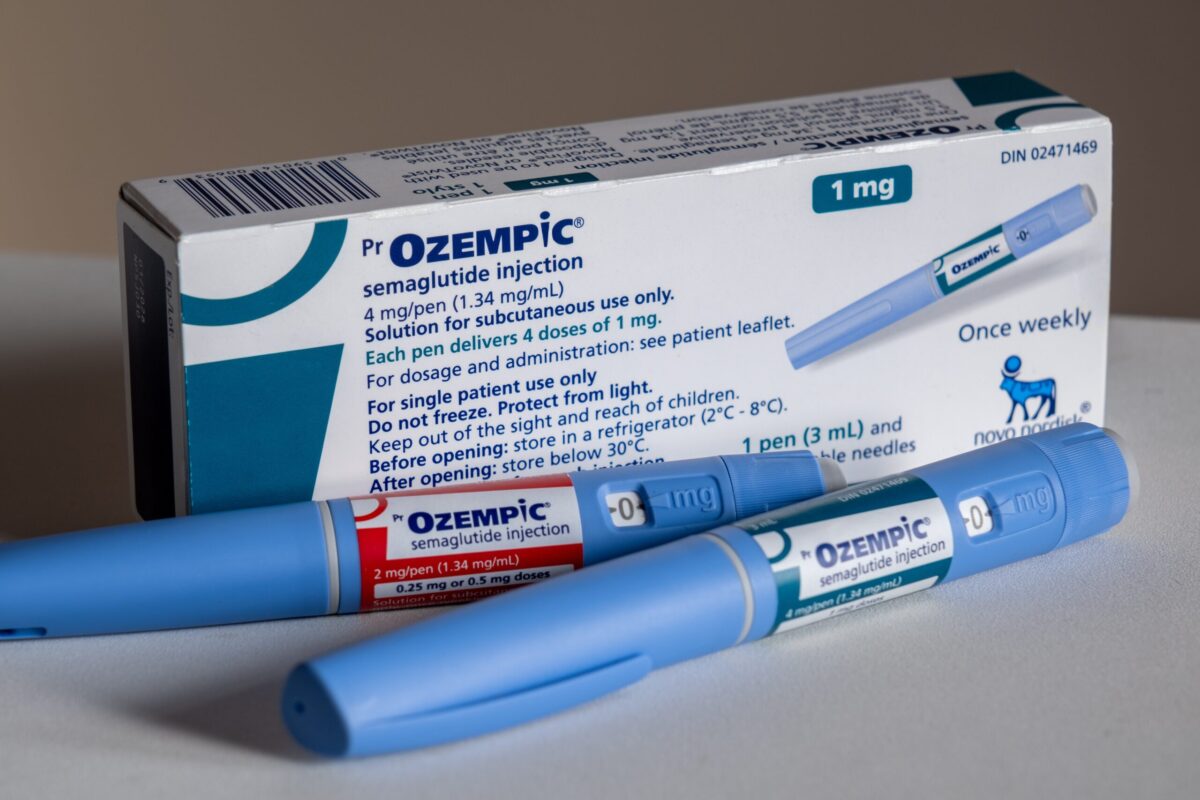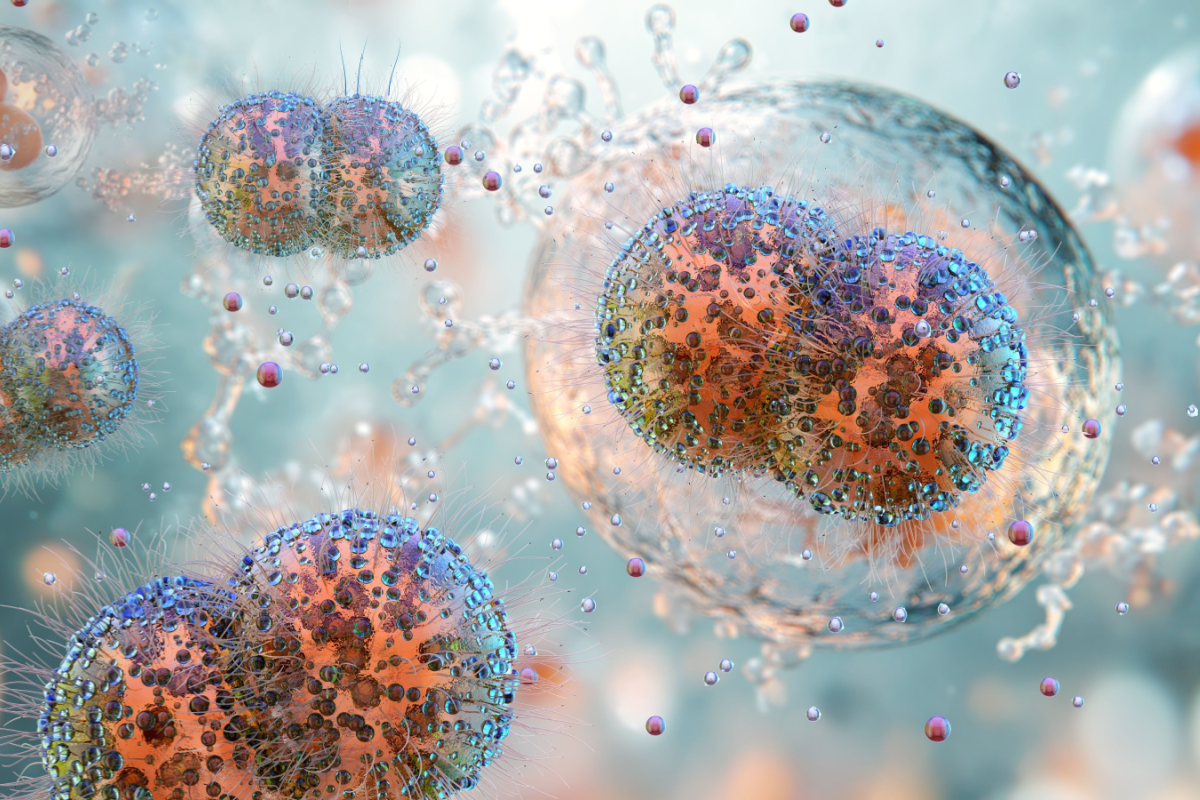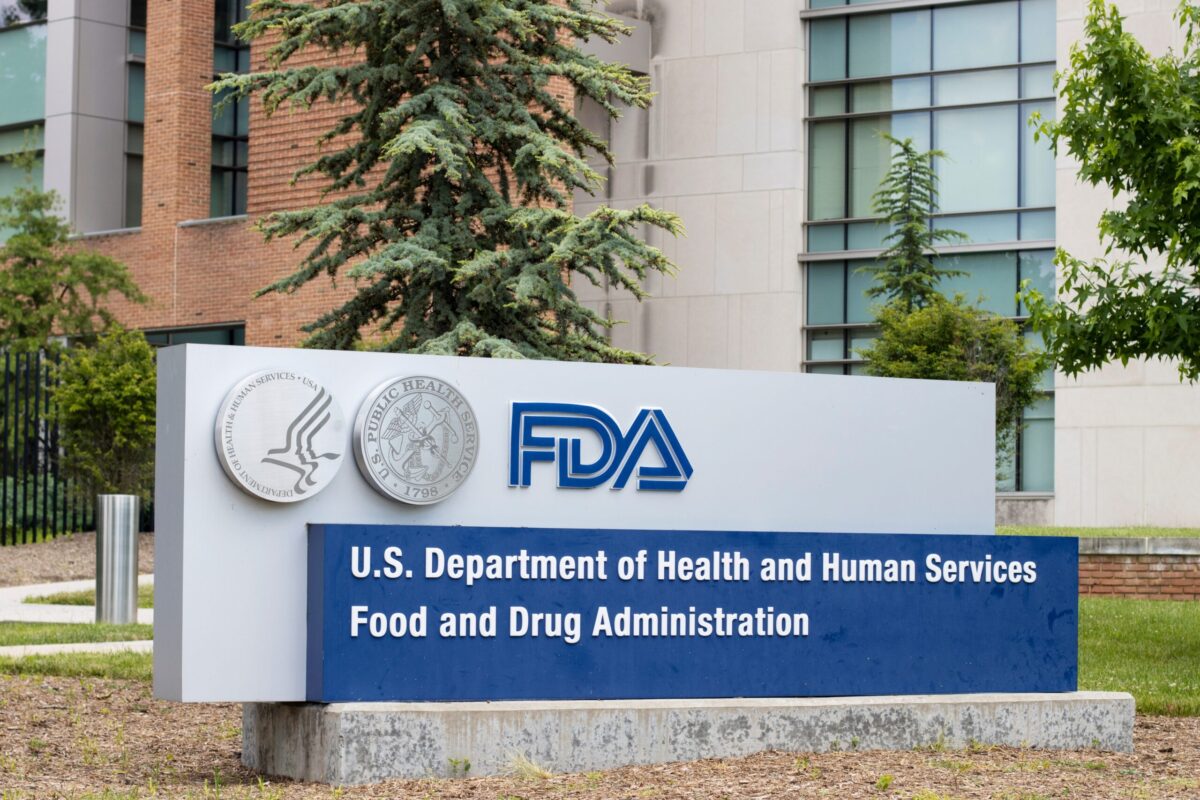Synthetic cardiac stem cells have been developed by researchers at North Carolina (NC) State University, in collaboration with the University of North Carolina (UNC) at Chapel Hill and First Affiliated Hospital of Zhengzhou University. According to a paper on the development – which was published in the journal, Nature Communications – these cells could offer all the therapeutic benefits of naturally-occurring stem cells, without the associated risks.
The synthetic stem cells also displayed improved stability during storage, and the technology used to generate them could be applied to other cell types. In contrast, natural stem cells must be stored under specific conditions and go through several characterization steps before they can be administered to a patient. Despite their effectiveness, some patients experience tumor growth and strong immune responses when undergoing conventional stem cell therapy.
In developing the synthetic cardiac stem cells, the researchers built a cell-mimicking microparticle (CMMP) from a biocompatible polymer known as PLGA. Human growth factor proteins collected from cultured cardiac stem cells were then added to the PLGA, which was subsequently enveloped by a cardiac stem cell membrane.
“We took the cargo and the shell of the stem cell and packaged it into a biodegradable particle,” explained Ke Cheng, associate professor of molecular biomedical sciences at NC State University, associate professor in the joint biomedical engineering program at NC State and UNC and adjunct associate professor at the UNC Eshelman School of Pharmacy. Like cardiac stem cells, the CMMP was able to promote the growth of cardiac muscle cells, in vitro.
Further, when the CMMP was tested in mice who had experienced a myocardial infarction – or heart attack – the synthetic stem cells were able to encourage the growth of the heart tissue. As the synthetic CMMPs are incapable of replicating, the risk of tumor formation is minimized.
“The synthetic cells operate much the same way a deactivated vaccine works,” said Cheng. “Their membranes allow them to bypass the immune response, bind to cardiac tissue, release the growth factors and generate repair, but they cannot amplify by themselves. So you get the benefits of stem cell therapy without risks.”
The synthetic cardiac stem cells are capable of withstanding extreme freeze-thaw cycles, while maintaining stability. In addition, the cells do not need to be derived from a patient’s own stem cells, thereby minimizing the risk of rejection.
“We are hoping that this may be a first step toward a truly off-the-shelf stem cell product that would enable people to receive beneficial stem cell therapies when they’re needed, without costly delays,” said Cheng. As the current study represents a proof-of-concept of the technology, the synthetic cells will need to undergo more testing to determine their suitability for use in human patients.












Join or login to leave a comment
JOIN LOGIN